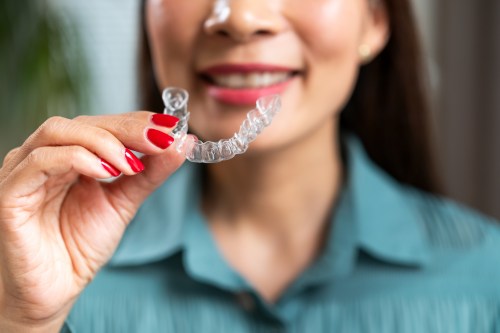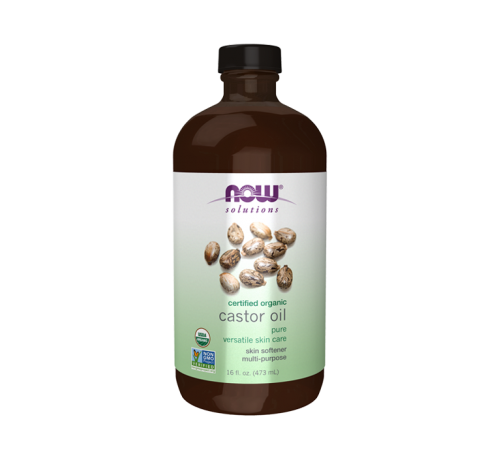One of the unwelcome side effects of living in the information age is that it’s easy to know a little about a lot of scary things, especially items concerning your health. A quick WebMD search can generally stoke your anxieties around these tidbits of medical knowledge, causing you to spiral into a paranoid black hole about the fact that you’re, like, totally dying due to any number of buzzy ailments.
Toxic shock syndrome (TSS) is one such condition that may lurk in the back of your mind like a monster under your bed, quietly terrifying you though you’ve never actually encountered it. However, according to The Cut, what you should learn about TSS is likely to diminish its hold on you and your overactive imagination.
Check out 3 steps to demystify toxic shock syndrome once and for all.
1. Understand what TSS actually is
It’s not necessarily a condition caused by forgotten tampons. Instead, TSS is a complication resulting from a specific strain of staph bacteria that can lead to infection when it moves into new body parts, multiplies, and releases a toxin, The Cut reports. Though the blood accumulated on your tampon can act as an accomplice to this process, about 50 percent of TSS cases aren’t related to periods. Other triggers for TSS, for example, include post-surgery healing and breastfeeding.
2. Know which symptoms to look for
Be able to differentiate between worth-the-worry abnormalities and normal illness. Symptoms of TSS include vomiting, fever, diarrhea, and muscle weakness, accompanied by a rash on the palms of the hands or on the soles of the feet.
“If you’re using a tampon and feeling very ill and you notice a rash, you need to be seen in an ER or by a clinician immediately.” — Dr. Gillian Dean, senior director of medical services at Planned Parenthood Federation of America
Gillian Dean, MD, senior director of medical services at Planned Parenthood Federation of America, tells The Cut the rash is critical. “If you’ve got a tampon in and you’re vomiting, there’s no reason to think that’s TSS,” she says. “But if you’re using a tampon and feeling very ill and you notice that rash, you need to be seen in an ER or by a clinician immediately.”
3. Take some solace in your odds
TSS is incredibly rare, with fewer than 1 in 100,000 people in the US affected. And, says The Cut, if you use your tampons properly, you’re no more likely to get TSS than a man is. Play it safe by choosing tampons that are low-absorbency—skip the supers whenever possible—and change them out frequently. “On lighter days, I recommend using a pad at night instead of a tampon, so you’re not constantly inserting one after another for your entire period,” Dr. Dean says.
And should you actually contract TSS, know that it’s now easily diagnosed and, undoubtedly a serious condition, it’s most often completely curable. “The most common outcome is full recovery,” Dr. Dean tells The Cut. Now that is empowering (and anxiety-busting) information. Tough break, Dr. Google.
Plus, Your periods tell a story about your overall health—here’s how. And then, should you do inversions during your menstrual cycle?
Sign Up for Our Daily Newsletter
Get all the latest in wellness, trends, food, fitness, beauty, and more delivered right to your inbox.
Got it, you've been added to our email list.

















